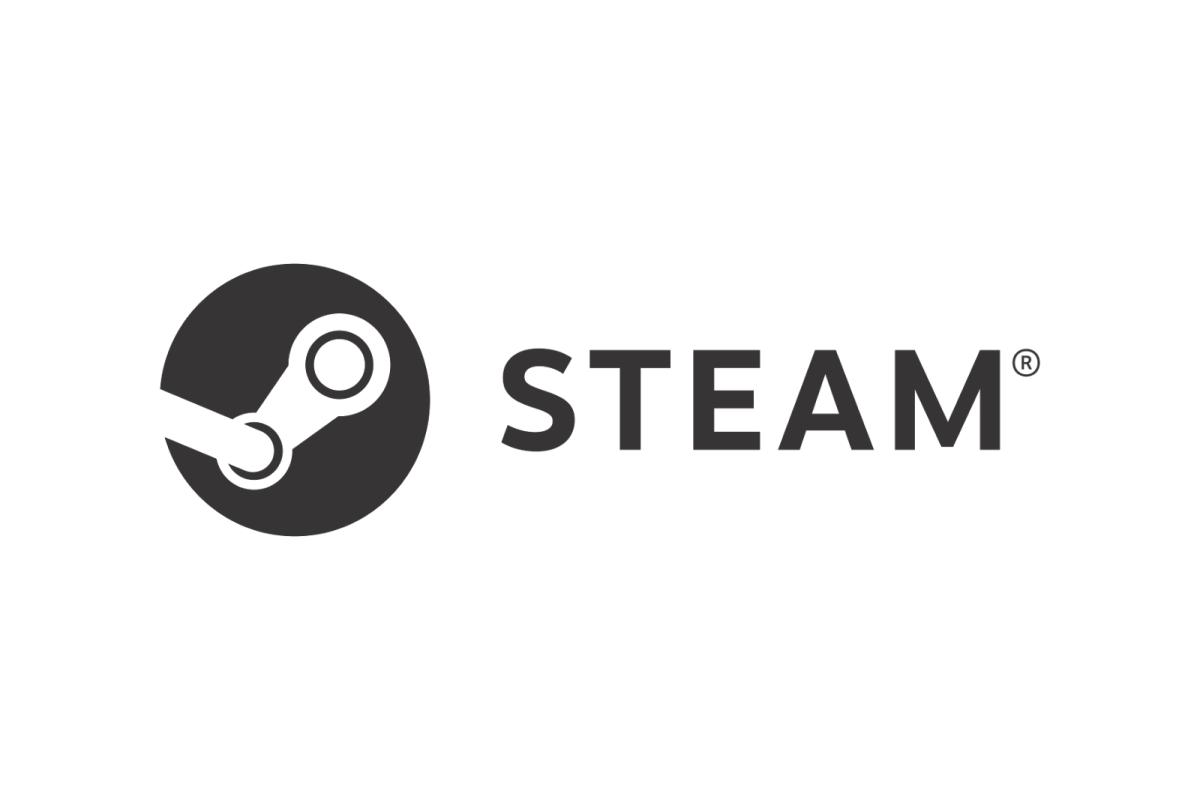The new curating system of Steam Direct has replaced Steam Greenlight and imposed a $100 recoupable publishing fee for each title, but this fee did not seem to have an effect on the number of games on the market.
Valve has changed its old Greenlight format, where developers once paid a $100 fee to participate and create a Greenlight page, to Direct, where developers will have to pay the fee of $100 and fill out a form for every game they want to publish on the Steam Marketplace.
The change was made in order to ensure quality content is being sold on the digital distribution platform. During the Greenlight phase of the Steam Store, pages were filled with “asset flippers” (games who use assets from other games directly and without contributing to creativity whatsoever) and other lowly rated titles. This caused indie games (games which do not have backing from a publisher), into which developers’ poured their heart and soul, to be lost in the sea of games that most Steam reviews labeled as being too “memey”.
Steam Direct promised to relieve the market from these scammers by imposing a $100 fee per game and a lot of paperwork, which will hopefully deter scammers who do not want to invest this money. But similar to Greenlight, it will follow an algorithm that uses “thumbs up” and “thumbs down” from gamers to see what would be featured at the top of the list.
Recent reports have shown that Steam Direct’s plan did not have the intended effect. In fact, according to Daniel Ahmad, analyst for Niko Partners, there will be 5,000 games released in 2017, a record breaking number. Although this may evoke an image of “a game for every type of player”, gamers must take note that many of these games are scams which only exist to take their money, not for their entertainment.
Another issue is that indie games are having a harder time getting noticed through the masses of copycat titles. This not only affects players’ ability to find little gems in the rough, but affects the income of up and coming game developers. Sergey Galyonkin, author of Steam Spy (a website that shows Steam’s statistics and its current state of affairs), calculated that sales are up, as well as the total number of games. Much of this revenue is concentrated on the Top Ten games list (95% to be exact), which leaves the remaining revenue to be fought for between developers. This can lead to a dip in the number of indie titles on the Steam Marketplace.
Only time will tell if the new Steam Direct will be a bane or a boon for both the developers and the players.































